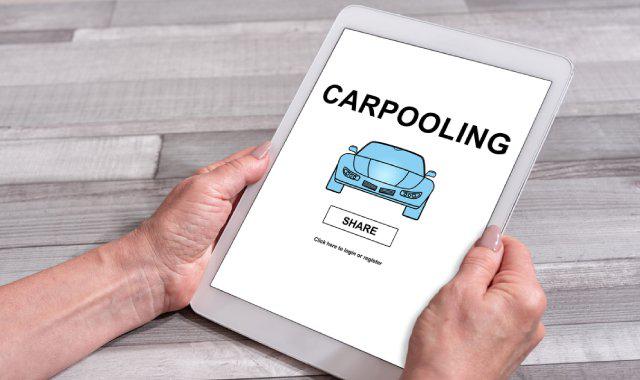Urbanisation And Mobility: Two Versions Of An Urban Public Transit Future, Which Would You Invest In?
TUD+ MEMBER CONTENTAs we reach new levels of urbanisation here are two versions of a future for mobility within our developing cities.
The first features fixed routes (eg hard or light rail) with fixed stops (stations). It is schedule based, meaning commuters have to get to a station at a certain time dictated by the schedule to catch their ride. How they get to that station is their problem.
This is pretty much the public transport model that has been in place since the 1800s. (The first public rail service – steam – dates back to 1825 in England).
The other features flexible routes, that change daily or even hourly depending on demand. There are no fixed stops. The service is ‘on demand’ via an app on your phone.
It is effectively a door to door service.
Which version do you think is going to prevail?
The latter version is already being trialled in the USA, Europe and India, for example as recently reported in Bloomberg and TechInAsia.
Companies like Uber and Lyft have started experimenting with their own bus services – which have potential to save local governments a small fortune while at the same time offering enhanced services to the public - especially on less densely crowded “across town” routes.
It is early days but remember, Uber itself was only founded in 2009 – just 8 years ago. We’ve been debating some of our traditional public transport projects for longer than that.
As advances in technology proceed at light speed, advances in traditional public transport thinking are at a crawl.
Commuters are starting to look to car sharing as they realise the costs of owning a vehicle which spends 20 out of 24 hours idle, are high.
Car sharing, ride sharing, driverless vehicle technology – all hold out a very high promise of revolutionising the way we move around our cities, whether for work or play.
See Related Article:

Yet we seem to invest very little in supporting these new technologies or exploring their potential.
Our public transport budgets are predisposed to creating and supporting more fixed route services at a very high cost per user, despite stable or falling public transport mode shares which service a minority of the population.
The potential is worth considering in simple terms. There are roughly 6.57 million people who use cars to get to work in Australia. There are 388,000 across the country that use the train (and often, also a car in order to get to the train). A further 377,000 use a bus and the rest of us walk, cycle or find other means. (One analysis is here
).
To achieve a 20% increase in the numbers of people using traditional public transport would be a dream come true for public transport agencies. Such an increase is both impossibly heroic and historically unlikely and would cost tens or hundreds of billions of dollars in new capital investment across the country.
But let’s imagine it could be done, regardless of cost. The 20% increase in train and bus ridership would equate to an extra 138,000 people using trains and buses. Not much.
Compare this with having just 2% of the people currently using cars as private transport giving up their car in favour of a ride share or car share or Uber bus type arrangement.
Only 2% could mean 132,000 fewer cars. (I know this isn’t exact as car sharing still means a car on the roads but one that carries more people, however for the purpose of general illustration it works).
So just a 2% decrease in car use driven by disruptive technology that we are already seeing have a major impact on transport systems (just ask anyone who owned a cab licence) is broadly the same as a 20% increase in public transport usage.
The former could come at a minimal cost to the taxpayer. The latter will cost tens or even hundreds of billions, and even then might not work given the changing social and economic realities of urban life and work.
It does seem timely for an increased proportion of public transport budgets and policy effort to be directed at how these new technologies can work to better serve commuters and alleviate congestion, at potentially minimal cost to the taxpayer.
At the very least, we should be trying to integrate new thinking and new technologies with pre-existing technology and systems, rather than pretending they don’t exist or are somehow not part of the solution.
If you had a choice of which future version of urban mobility to invest in – the fixed route, fixed station and schedule-based scenario or a flexible route, on demand model – which one would you put your money into?
Ross Elliot is an senior industry executive and prolific writer on urban development and urban economics, he has a number of publications to his name and is nationally recognised for his ongoing contribution to public policy debate. His articles have been republished widely in national and international forums. Ross has spoken widely at industry conferences in Australia and the US – including as international keynote for the American Planning Association’s 2016 Utah Fall Conference - and is currently finalising a chapter for a publication on global trends in suburban development through the MIT Center for Advanced Urbanism (Cambridge MA). He is currently working with clients Macroplan. Calibre Consulting and Ellivo Architects among others. Views expressed are his own.















